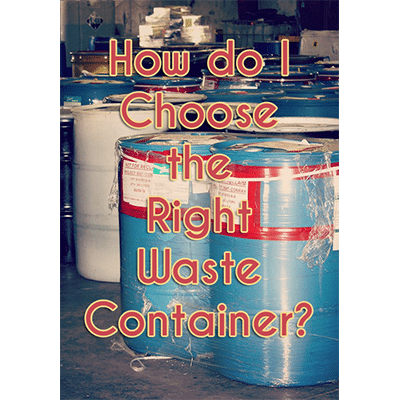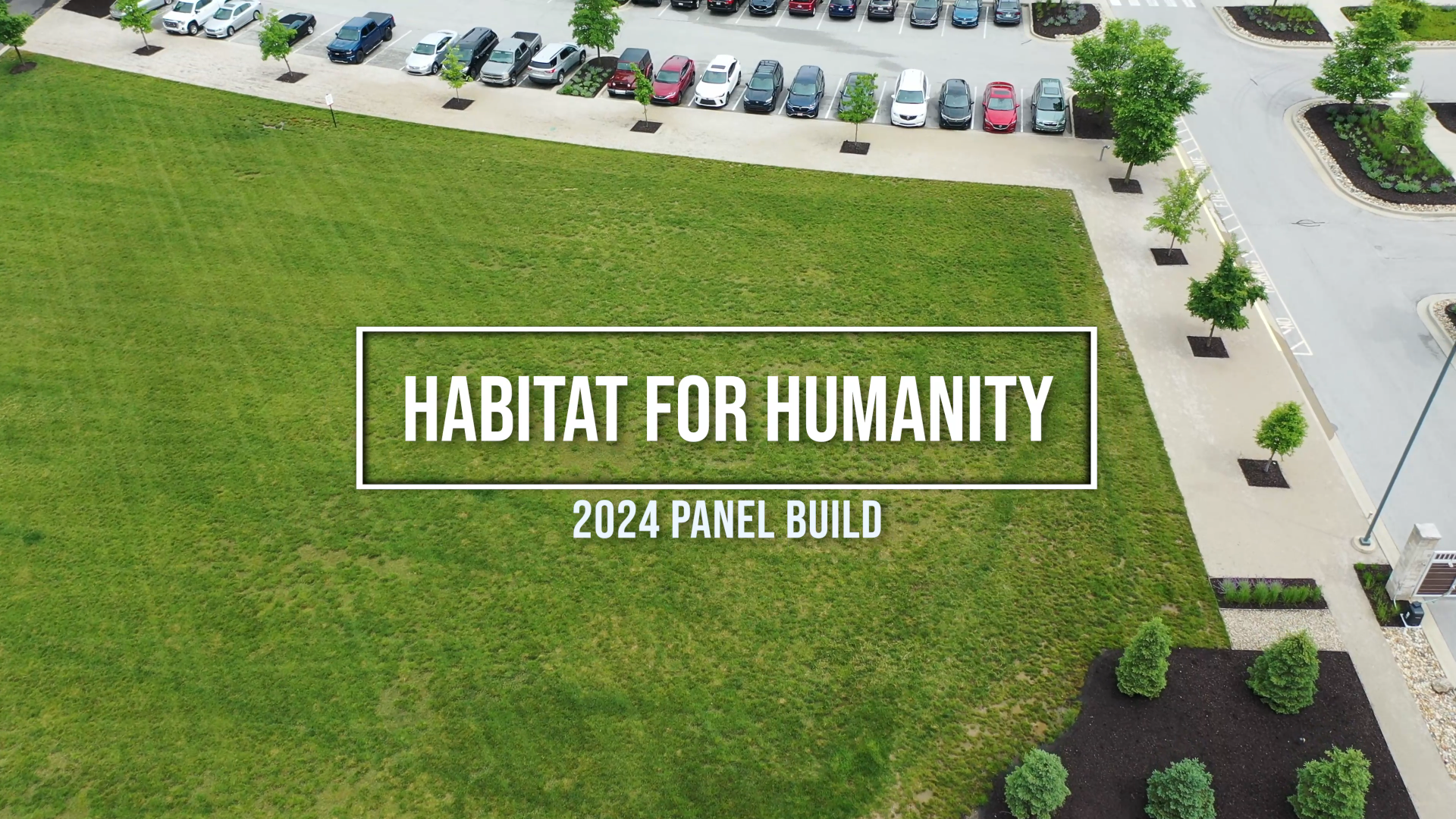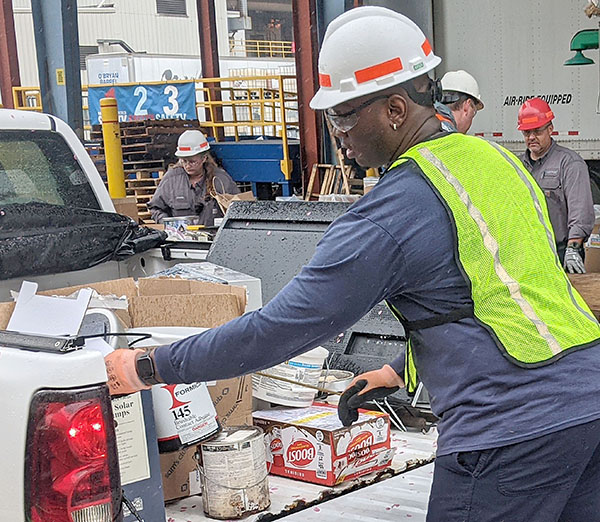
On Tuesday we wrote about the importance of waste characterization when it comes to containerized waste. In that post we touched briefly on the need for using an appropriate type of container to store your waste; today we’re going to look at that a little closer.
So, once a generator has their waste properly characterized they will know if it is incompatible or reactive with other waste types or even different types of containers. Once they know this, they can move on to choosing the best container in which to store their waste.
The first thing to consider when choosing your contain type is the quantity of waste you will be generating. If you know you will only be generating 20 to 25 gallons of waste than a 30-gallon drum would be more practical than a 55-gallon drum. Alternately, if you are storing contaminated gloves, coveralls, or other personal protective equipment (PPE) a 55-gallon drum would probably work best. Once you’ve decided on your container size you can move on to choosing the material your container will be made out of.
We’ve mentioned before that some wastes can actually have a negative reaction with the container they are placed in. For example, a highly corrosive waste can react with a steel drum and lead it to erode. This could make the drum leak and allow for a spill of the waste. In order to avoid this, corrosive wastes should be stored in plastic drums or plastic lined steel drums. This will prevent the waste from coming into contact with an incompatible material. As the EPA points out, “to prevent drum failure, carefully “match” the right waste with the right container.” If you are unsure if your waste and drum are compatible consult a corrosion resistance guide.
Now you’re almost in the clear but there is one more thing to consider when choosing your container. What do you do if your container once held an incompatible waste? According to §265.177(b) you are allowed to put wastes into unwashed containers that once held an incompatible waste but only if you meet the following specified conditions:
“…the mixture or commingling of incompatible wastes, or incompatible wastes and materials, must be conducted so that it does not:
- Generate extreme heat or pressure, fire or explosion, or violent reaction;
- Produce uncontrolled toxic mists, fumes, dusts, or gases in sufficient quantities to threaten human health;
- Produce uncontrolled flammable fumes or gases in sufficient quantities to pose a risk of fire or explosions;
- Damage the structural integrity of the device or facility containing the waste; or
- Through other like means threaten human health or the environment.”
If you cannot meet these conditions then you must make sure that the waste or material that was previously held in your container is compatible with the new waste you will be placing into it. Finally, the EPA provides the following tips for safely putting your wastes into containers:
- “Make sure you know which wastes are reactive and/or incompatible. Keep these wastes away from each other. Put them in separate containers.
- Make sure the container cannot be harmed by the waste.
- If you rinse out containers onsite, be aware that rinse water generated from drum washing must be contained and characterized prior to disposal.
- If you frequently reuse containers, consider “assigning” wastes to certain containers. This will allow you to reuse the container without washing.
- Use a funnel to prevent spills, and do not use the same funnel for all wastes.
- Certain chemicals may need room for expansion, or they may require zero headspace depending on the characteristics of the waste and storage conditions (e.g., temperature fluctuations).”
Quoted and cited information for this blog post was gathered from the EPA Handbook for Hazardous Waste Containers. As always, this blog post is not intended to be comprehensive and it is always best to check with the EPA and local government for full, up-to-date, rules and regulations
More News From Heritage
-
6/27/24
Heritage Environmental Services to Acquire EBV from General Dynamics
Heritage Environmental Servicess, an EQT Infrastructure portfolio company, will acquire EBV from General Dynamics
-
6/13/24
Meet The Facilities – East Liverpool
An inside look at our incineration facility located in East Liverpool, OH
-
5/24/24
Habitat for Humanity 2024
Heritage hosted our 14th annual Habitat for Humanity build this month, partnering with over 50 employees from various THG companies.
-
5/6/24
Date set for the household hazardous waste collection in East Liverpool, Ohio
-
3/12/24
Equal Pay Day – Spotlighting Our Female Drivers
-
3/8/24
International Women’s Week Spotlight – Shannon Dippel
For International Women's Week, we're spotlighting some of the incredible women in the Heritage family. Our final spotlight is Shannon Dippel.
-
3/8/24
International Women’s Week Spotlight – Susan Adams
For International Women's Week, we're spotlighting some of the incredible women in the Heritage family. Our sixth spotlight is Susan Adams.
-
3/7/24
International Women’s Week Spotlight – Lea Wilson
For International Women's Week, we're spotlighting some of the incredible women in the Heritage family. Our fifth spotlight is Lea Wilson








